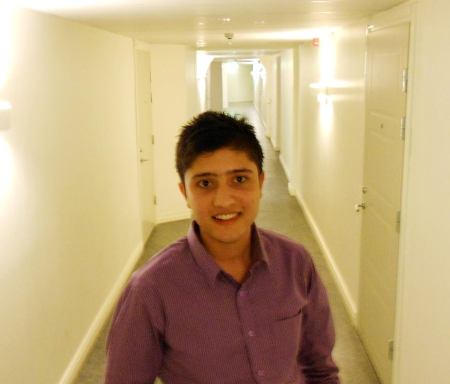 By Sisir Devkota–With more than 2000 aircrafts to its name, India is easily one of the largest air powers in the world. But, almost half of them are not fit to fly. This is not a claim advanced from Pakistan- its arch rivals; but a 2014 Jane1 360’s report stressed that the ones that work were mostly manufactured in the 70’s.
By Sisir Devkota–With more than 2000 aircrafts to its name, India is easily one of the largest air powers in the world. But, almost half of them are not fit to fly. This is not a claim advanced from Pakistan- its arch rivals; but a 2014 Jane1 360’s report stressed that the ones that work were mostly manufactured in the 70’s.
India’s vintage collection is unproblematic for the rest but themselves; as a prominent commentator on military affairs, Ajai Shukla accepted that India’s air force was in a shocking state2. Busting the myth of Indian military capacity will also explain India’s apprehensive and unstable diplomatic maneuvers under the Modi leadership.
Very recently, the People’s Republic of China warned India to keep its distance from the Chinese territory (near the India-China Sikkim sector) to which the Indian government published an eleven point statement and justified its innocence. In 2015, upon disobeying its whims; India lashed an economic blockade on Nepal. The differences of engagement in two different nations is a testimony to India’s muscle boating attitude. One that is of bullying and on the other hand of competition and fear. SIPRI3 agrees: India is no match to China’s defense capacities.
The annual defense budget of PRC is in excess of $150 billion when compared with the alleged South Asian hegemon. Also, an active number of 1.3 million soldiers would not stand a chance with China’s double the number. On such background, India’s occasional display of diplomatic stick cannot be more justified. Despite of repeated attacks on its bases in the Indo-Pak border, India has not chosen an active confrontation with PR China’s close aide- Pakistan. While the larger dilemma is a result of its rusty military potential, India has structural problems. Corruption and scandals to name a few.
Aircraft carriers that were supposed to host MIG 29K by 2010 have now been scheduled to be functioning only after 2022. Defense experts in India wouldn’t be amused as a deal on new range of assault rifles has been stalled since the beginning of 1982. The fuss resulting from disagreements between the ones supporting local production and the ones lured by foreign imports. Foreign manufacturers like that of the French Rafale fighter jets have been impassioned by Indian demands to restructure its designs over the years.
While the initial deal was agreed on selling more than hundred Rafales’, France has had to settle for a mere thirty six of them. Structural problems in the armed forces is rife. Problems related to pay rise, hierarchical appointments and health standards have been loud and scrutinized publicly. Technical problems in the Indian Army are also well documented abroad with an Australian newspaper once leaking specifications of submarines bought from France. Many commentators in India are well aware of how the three wings of security forces are independent and self-equipped.
The problem is not their efficiency but the nature in which they do not communicate and engage with each other. Lack of military personnel in the decision making realm of the defense ministry has surprised all stakeholders. The world’s largest democracy is also plagued by unfair political appointments in the military set up.
Amid the contemporary reality of Indian fire potential and its structural deficiencies, it is clear that India’s best weapon has been limited to soft power4. Summoning the Pakistani representative and issuing explicit evidences to make arguments on how Pak-sponsored non-state actors interfere against Indian interests- displays India’s metal. Relying on diplomatic sticks has been India’s main tool in the past years. India’s reluctance to exercise hard power is in the best interest of the region but most importantly; it provides countries and neighbors like Nepal, Sri Lanka and Bangladesh ample space to deal with Indian dispositions.
Notes
1. Jane 360 is an internationally acclaimed independent security intelligence institution http://www.janes.com/
2. As published in the Economist Volume 420 Number 9008. “Guns and ghee”.
3. SIPRI or Stockholm International Peace Research Institute is an independent resource on global security https://www.sipri.org/
4. A concept developed by Joseph Nye on the approach state utilize to persuade actors to achieve their means.
Published date: July 8, 2017

